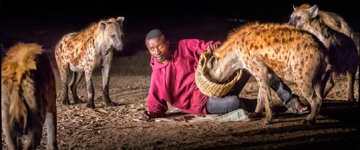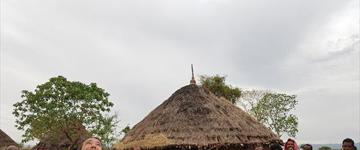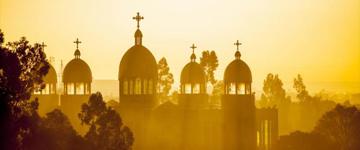Harar
The fortified historic town of Harar is located in the eastern part of the country on a plateau with deep gorges surrounded by deserts and savannah. The walls surrounding this sacred Muslim city were built between the 13th and 16th centuries. Harar Jugol, said to be the fourth holiest city of Islam, numbers 82 mosques, three of which date from the 10th century, and 102 shrines, but the townhouses with their exceptional interior design constitute the most spectacular part of Harar's cultural heritage. The impact of African and Islamic traditions on the development of the town's building types and urban layout make for its particular character and uniqueness.
Harar was registered as World Heritage Site by UNESCO in 2006.
Harar functioned as the capital of the Harari Kingdom from 1520 to 1568, became an independent emirate in the 17th century and was integrated into Ethiopia in 1887. From the late 16th century to the 19th century Harar was an important trade centre between the coast and the interior highlands and a location for Islamic learning.
Today Harar is the administrative capital of the Harari People National Regional State (HPNRS). The historic town has a traditionally functioning community, forming a complex social-environmental whole where each element has its symbolic and practical significance. The Harari people are distinguished by the continued cultural traditions and quality of their handicrafts, including weaving, basket making and book binding. The organization of the communities through traditional systems has preserved its social and physical inheritance and, significantly, the Harari language.
One of attractions in Harar is a custom of feeding wild hyenas at the city gates. The tradition of regular feeding didn't start till 1960. However hyenas were present in Harar for at least 500 years, where they sanitise the city by feeding on its organic refuse.
You can go and watch a man feeding these animals or yourself try to do it... if you dare!



